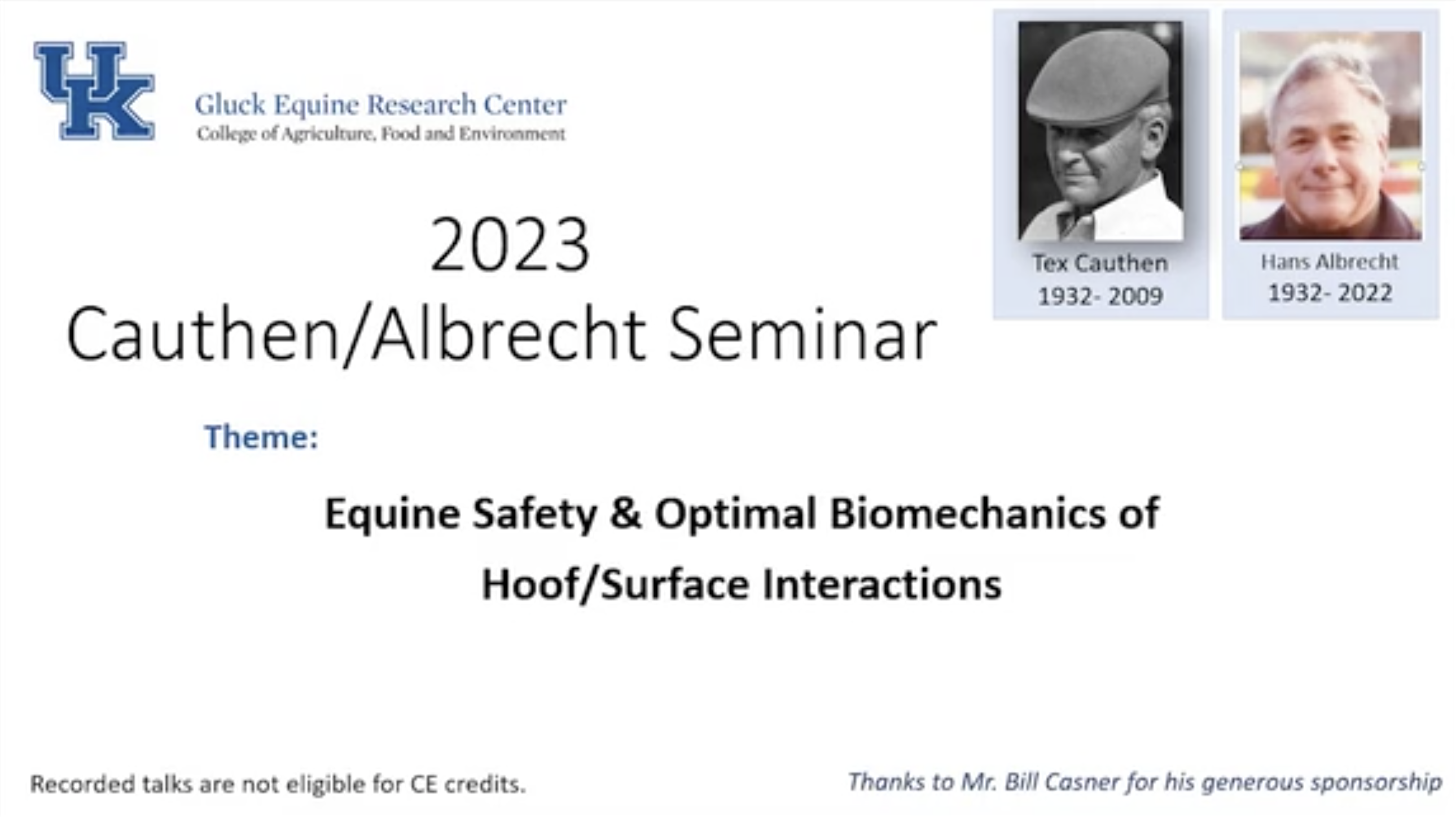The 8th edition of the Cauthen Seminar, on January 22, 2023, explored the convergence of horse racing, training philosophy, and advanced data science. Dr. Michelle Nihei, a distinguished racehorse trainer and Ph.D., delivered a compelling presentation shedding light on “Hoofprints and Philosophy” – Perspectives from Racing and Training.
To view the entire seminar, click on the photo below:
This seminar sought to establish a correlation between conventional training methodologies and the latest scientific breakthroughs. Dr. Nihei underscored the shared objectives within the racing community – the pursuit of victory, particularly at high levels, and the optimization of racehorses’ potential through attentive care and conditioning. She placed significant emphasis on the imperative to surmount challenges associated with health, environmental factors, and adapting to diverse distances and surfaces.
In response to these challenges, Dr. Nihei introduced the Equimetre platform, a cutting-edge tool that she personally incorporates into her training regimen. The Equimetre platform stands out for its state-of-the-art data capabilities and user-friendly sensors, providing invaluable insights into a horse’s performance.
Dr. Nihei elucidated that the Equimetre primarily centers around heart rate and recovery data. These parameters play a pivotal role in discerning the ideal distance and surface for a horse, thereby contributing to his longevity and fostering a successful career.
She emphasized the significance of scrutinizing stride length and frequency while considering the influence of various surfaces on distinct horse profiles. It’s crucial to comprehend that horses galloping on the same surface may exhibit diverse profiles.
Analyzing distance-related metrics becomes imperative in delineating a horse’s profile.
- Sprinters typically prioritize speed, excelling in races spanning 800 to 1,200 meters—relatively shorter distances.
- Stayers, on the other hand, excel in long-distance races, thriving over 2,400 meters.
- Milers showcase their prowess in races covering the English mile, equivalent to 1600 meters.

The average stride frequency stands at 2.3 strides per second. To augment stride length, one must decrease cadence to modulate rhythm and achieve a lengthier stride.
The presentation then delved into how horses adapt to diverse surfaces, whether grass or turf. Dr. Nihei highlighted the correlation between ease of movement on a surface and swift recovery. This quantitative measure of recovery allows trainers to make informed decisions based on individual horse preferences and capabilities.
Drawing on Equimetre data, Dr. Nihei illustrated these profiles with concrete examples. For instance, she pinpointed sprinters whose stride frequency falls below 2.43 strides per second. It’s worth noting that the average stride frequency is 2.3 strides per second. To enhance stride length, adjusting the rhythm by reducing stride frequency is essential to achieve a longer stride.
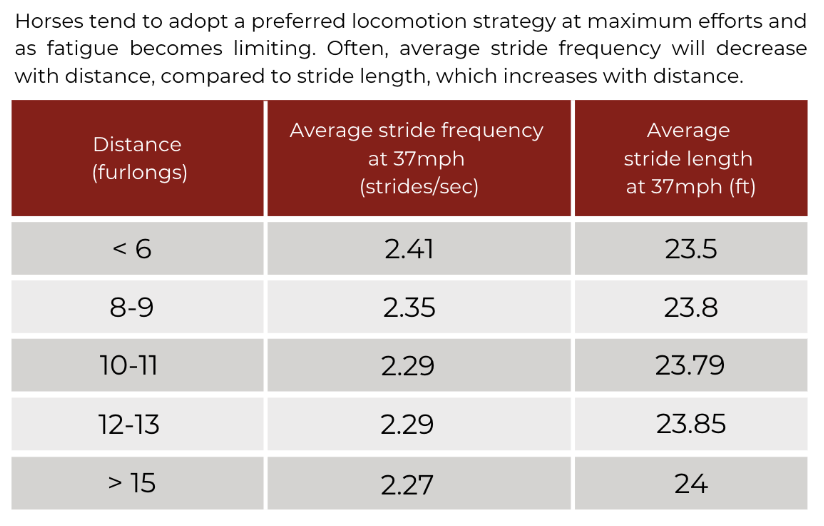

The utilization of Equimetre data is not an exact science, but rather a guiding tool to steer a horse toward a suitable distance or surface. It assists in suggesting a preferred race distance and provides numerical data to substantiate the feel of different surfaces.
The presentation concluded with a detailed examination of individual horses, illustrating how Equimetre data can inform and guide training decisions. Dr. Nihei underscored the transformative potential of this technology in reshaping discussions within the racing industry, establishing a common database for horse training.
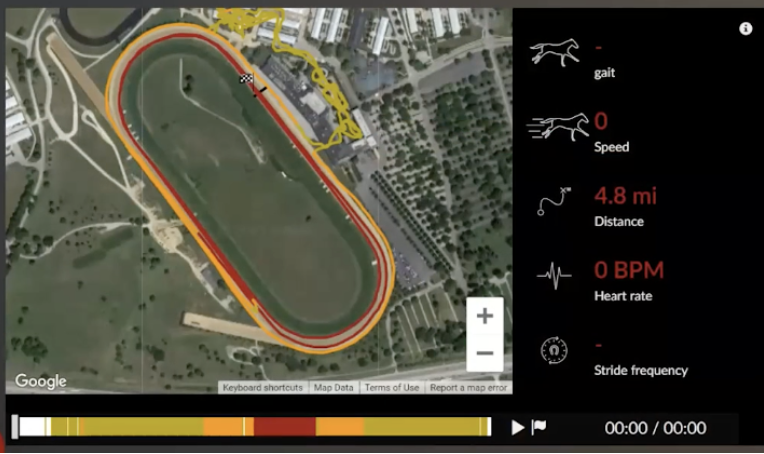
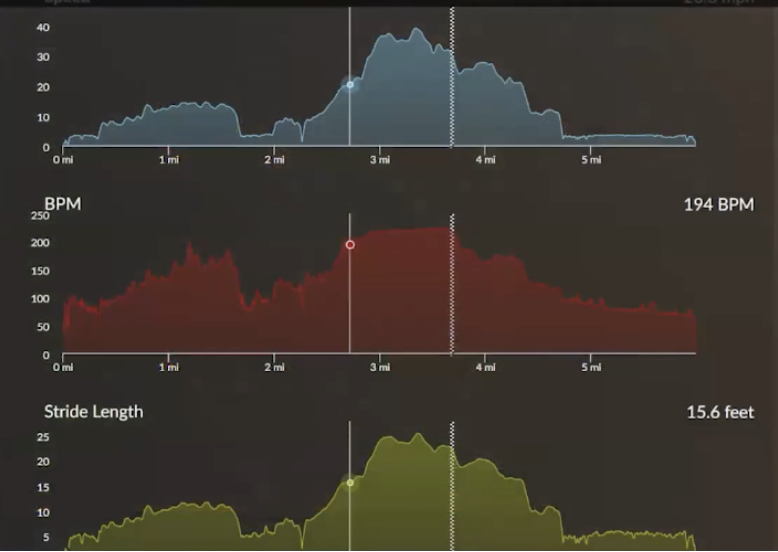
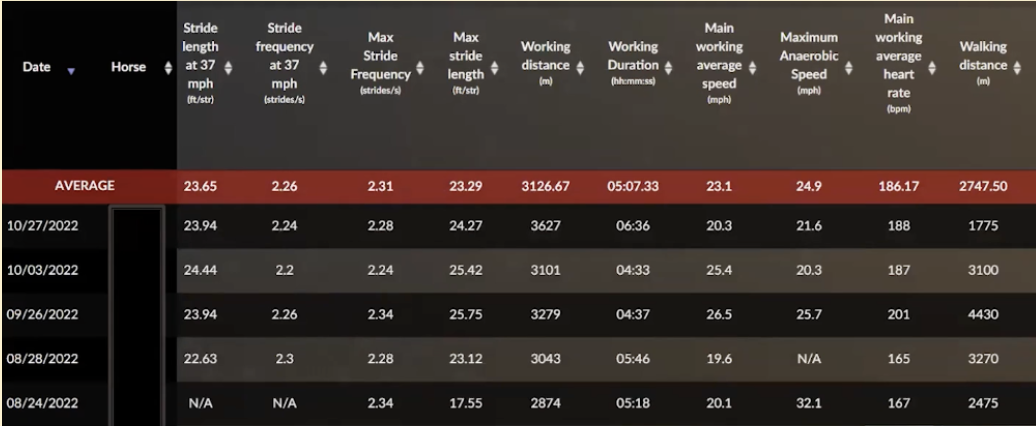
All these data come from the EQUIMETRE platform and were presented by Michelle Nihei at the seminar.
Key words: Michelle Nihei, Equimetre, surface, distance, sprinter, recovery, data
Photo: The New York Times


